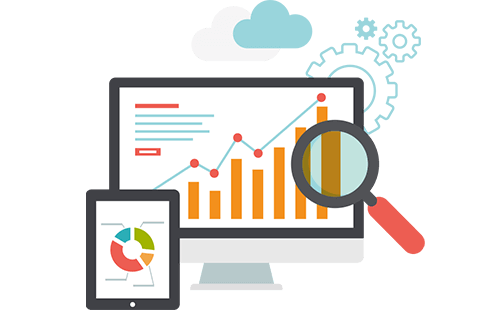Most of us have probably heard about Dwight Eisenhower, the 34th President of the United States. This historic person was truly remarkable for his incredible productivity and achievements that have influenced the whole world.
Briefly speaking, before he became the US President, Eisenhower served in the US army and was a Supreme Commander of the Allied Forces in Europe in the course of World War II. Successful operations in North Africa and the European Western front were conducted under his command. In 1951, Eisenhower had also become the first Supreme Commander of NATO.
Eisenhower’s presidency was accompanied by significant international problems that spanned the globe after the war and numerous military and diplomatic conflicts. Despite them, Eisenhower had also succeeded in launching and maintaining several important nationwide projects. Let’s mention some of them just to imagine the scope of his activity and enormous work standing behind:
- DAPRA project which gave a start to Internet;
- NASA;
- US Interstate Highway System;
- Atomic Energy Act which encouraged use of atomic energy for non-military purposes.
It seems that just one of these project is enough to last a lifetime and more. However, Eisenhower found time for hobbies as well. He started taking lessons in oil painting after the war ended. Although he himself admitted that he hadn’t really had enough talent to make something outstanding out of his hobby, it was definitely a source of additional inspiration to him.
How Had He Managed to Achieve So Much?
Eisenhower had an unbelievable ability of working productively for long periods of time. No wonder, people long to learn more how he succeeded in doing that.
As a matter of fact, Eisenhower has left us a great productivity tool. It’s called the Eisenhower Box (Matrix) and basically it’s a strategy of making the right decisions at the right time. It’s actually to Steven Covey (and his book “First Things First”) that we owe the popularization of this method.
The Eisenhower Box is a very simple tool to understand and apply. Moreover, it starts bringing positive results almost immediately. Let’s have a closer look at what exactly it can do to increase our productivity.
How to Work more Productively using the Eisenhower Box
To put it simply, Eisenhower had asked himself 2 basic questions:
- How important is the task?
- How urgent is it?
These two indicators – importance and urgency – create the Eisenhower Box itself.

So you have 4 options for organizing your schedule:
- Urgent and important (priority tasks impossible to postpone);
- Not urgent, but important (tasks planned beforehand);
- Urgent, but not important (can be delegated to subordinates);
- Not urgent and not important (you should get rid of those tasks).
What is really good about this box is that it can be used for both the longer term and daily planning.
How Can You Prioritize Urgent and Important Tasks?
The consequence of performing the tasks is very important. Since our work time is not endless you just have to separate what must be done first and what might be left for later.
When you look at the model it becomes instantly clear that you have to pay the greatest attention to the urgent and important tasks. However, what tasks should be done in the first place – urgent or important?
In this regard Eisenhower’s famous quote was:
“What is important is seldom urgent and what is urgent is seldom important.”
It means that people try to do all important, but not urgent tasks at once (instead of working on the project they check their emails that somehow turn out to be very important, even if can be answered tomorrow).
The conclusion resulting from this is you should do important, but not urgent tasks first, leaving urgent, but not important tasks for later. Usually important, but not urgent activities consume most of our productive time.
Apparently you should get rid of the 4th group of tasks as it’s literally eating your productivity.
The Final Recommendations
When you are dividing tasks in this manner you are likely to start doing really important things and your productivity increases.
The two basic things you can take from the Eisenhower Box are:
- do important tasks first;
- plan beforehand.
This way you can concentrate on tasks that really add to your productivity, not reduce it. After all, what had worked well for the American president, might well work for you!
